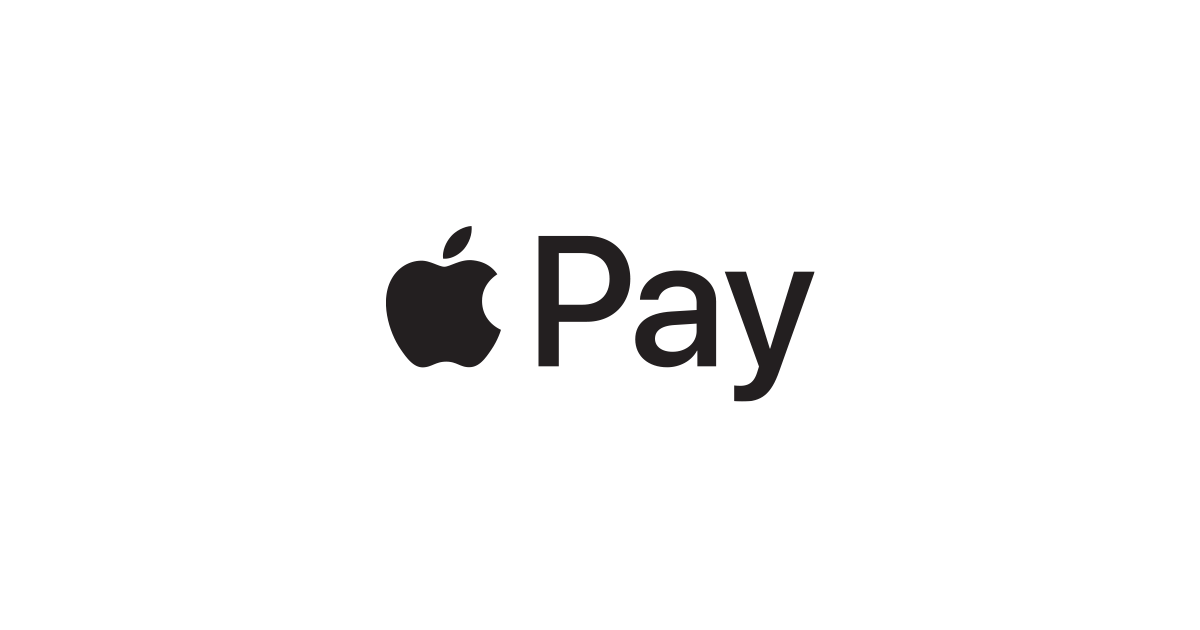What do you remember? The dotcom boom perhaps? https://en.wikipedia.org/wiki/Dot-com_bubble. Technically, the dotcom boom began in 1994 and finished in the year 2000. I was 30 years old in 1994, and 36 in the year 2000.
You may also remember in 1999 several Initial Public Offerings (IPOs) https://www.marketwatch.com/story/ipos-shatter-records-in-1999. A record number (510 companies) launched themselves and their equity on the stock market raised, back then, a staggering $66bn. I wonder where they are all now? This is worth studying, as the dotcom failure rate is close to 99%.
When we jump back to 2019, we see already more than 500 IPOs in the worldwide market:
https://www.ey.com/Publication/vwLUAssets/ey-global-ipo-trends-q2-2019/$FILE/ey-global-ipo-trends-q2-2019.pdf , and record amounts of new capital being raised to back these new platforms and ideas.
So, what is happening here? The news makes us wonder
https://www.cnbc.com/2019/06/28/ipos-have-their-best-quarter-in-years-in-terms-of-performance-and-capital-raised.html
Is there something familiar happening? Have we seen all this before? Is history repeating itself or, at least, rhyming? None of us knows, but many of us sense that something equivalent to back then (1999) is happening once again. The ‘Power of Weak Signals’:
https://sloanreview.mit.edu/article/how-to-make-sense-of-weak-signals/
Dotcom is no longer the phrase of the moment, now that we have AI, Bitcoin, Blockchain, Climate Change, Crypto, Cybersecurity, FinTech and SaaS. Even social media is a passé phrase today. Most of these new buzzwords, few of us understand. Alongside these new ideas, platforms and start-ups we have a new workplace, which many of the millennials hold in their hearts as a place to aspire to work - namely WeWork, itself with more than 500 locations worldwide: https://en.wikipedia.org/wiki/WeWork
But somehow, we know something is wrong at WeWork, which is a property company painted with ‘go-faster’ technology stripes. It’s not a tech company but thinks it is.
https://www.bbc.co.uk/news/business-49723246
WeWork’s valuation has fallen 80% since January and whilst $47bn is way too high, is $10bn too low? The more you study the WeWork S1 filing for its IPO, the more you think something just doesn’t seem right here:
https://www.sec.gov/Archives/edgar/data/1533523/000119312519220499/d781982ds1.htm, and here: https://www.theverge.com/2019/8/15/20806366/we-company-wework-ipo-adam-neumann
So, if we return to 1999, everything was ‘rosy’ with dotcom and everyone was to be a millionaire - compared with 2019 when everyone is to be a billionaire!
Let’s look back then at when the UK market peaked (30th, December 1999) with the FTSE100 reaching 6950 - https://www.telegraph.co.uk/finance/markets/11432504/FTSE-100-breaks-1999-record-to-hit-all-time-high.html
A number not to be seen again until 2015. Did it take the FTSE100 fifteen years to recover from the dotcom crash? Perhaps.
The FTSE100 is primarily an international index of companies where 75% of income comes from global markets outside the UK. This makes it a good average, a good yardstick to feel where global markets reside. With more than two trillion pounds of market cap it represents a fair share of the £67 trillion global GDP market, at almost 3%:
https://www.hl.co.uk/shares/stock-market-summary/ftse-100
So, where does all this leave us with 2020 fast approaching? Is there some kind of tech correction coming? When we examine Bitcoin 2009, is this the equivalent of World Wide Web 1989 by Sir Tim Berners-Lee? Was the Ethereum 2015 ICO like the Netscape IPO 1995?
In 1998, Amazon stock collapsed at 90%: https://www.cnbc.com/2018/12/18/dotcom-bubble-amazon-stock-lost-more-than-90percent-long-term-investors-still-got-rich.html.
In 2018, the so-called Cryptos...
What do you remember? The dotcom boom perhaps? https://en.wikipedia.org/wiki/Dot-com_bubble. Technically, the dotcom boom began in 1994 and finished in the year 2000. I was 30 years old in 1994, and 36 in the year 2000.
You may also remember in 1999 several Initial Public Offerings (IPOs) https://www.marketwatch.com/story/ipos-shatter-records-in-1999. A record number (510 companies) launched themselves and their equity on the stock market raised, back then, a staggering $66bn. I wonder where they are all now? This is worth studying, as the dotcom failure rate is close to 99%.
When we jump back to 2019, we see already more than 500 IPOs in the worldwide market:
https://www.ey.com/Publication/vwLUAssets/ey-global-ipo-trends-q2-2019/$FILE/ey-global-ipo-trends-q2-2019.pdf , and record amounts of new capital being raised to back these new platforms and ideas.
So, what is happening here? The news makes us wonder
https://www.cnbc.com/2019/06/28/ipos-have-their-best-quarter-in-years-in-terms-of-performance-and-capital-raised.html
Is there something familiar happening? Have we seen all this before? Is history repeating itself or, at least, rhyming? None of us knows, but many of us sense that something equivalent to back then (1999) is happening once again. The ‘Power of Weak Signals’:
https://sloanreview.mit.edu/article/how-to-make-sense-of-weak-signals/
Dotcom is no longer the phrase of the moment, now that we have AI, Bitcoin, Blockchain, Climate Change, Crypto, Cybersecurity, FinTech and SaaS. Even social media is a passé phrase today. Most of these new buzzwords, few of us understand. Alongside these new ideas, platforms and start-ups we have a new workplace, which many of the millennials hold in their hearts as a place to aspire to work - namely WeWork, itself with more than 500 locations worldwide: https://en.wikipedia.org/wiki/WeWork
But somehow, we know something is wrong at WeWork, which is a property company painted with ‘go-faster’ technology stripes. It’s not a tech company but thinks it is.
https://www.bbc.co.uk/news/business-49723246
WeWork’s valuation has fallen 80% since January and whilst $47bn is way too high, is $10bn too low? The more you study the WeWork S1 filing for its IPO, the more you think something just doesn’t seem right here:
https://www.sec.gov/Archives/edgar/data/1533523/000119312519220499/d781982ds1.htm, and here: https://www.theverge.com/2019/8/15/20806366/we-company-wework-ipo-adam-neumann
So, if we return to 1999, everything was ‘rosy’ with dotcom and everyone was to be a millionaire - compared with 2019 when everyone is to be a billionaire!
Let’s look back then at when the UK market peaked (30th, December 1999) with the FTSE100 reaching 6950 - https://www.telegraph.co.uk/finance/markets/11432504/FTSE-100-breaks-1999-record-to-hit-all-time-high.html
A number not to be seen again until 2015. Did it take the FTSE100 fifteen years to recover from the dotcom crash? Perhaps.
The FTSE100 is primarily an international index of companies where 75% of income comes from global markets outside the UK. This makes it a good average, a good yardstick to feel where global markets reside. With more than two trillion pounds of market cap it represents a fair share of the £67 trillion global GDP market, at almost 3%:
https://www.hl.co.uk/shares/stock-market-summary/ftse-100
So, where does all this leave us with 2020 fast approaching? Is there some kind of tech correction coming? When we examine Bitcoin 2009, is this the equivalent of World Wide Web 1989 by Sir Tim Berners-Lee? Was the Ethereum 2015 ICO like the Netscape IPO 1995?
In 1998, Amazon stock collapsed at 90%: https://www.cnbc.com/2018/12/18/dotcom-bubble-amazon-stock-lost-more-than-90percent-long-term-investors-still-got-rich.html.
In 2018, the so-called Cryptos on the Blockchain also ‘tanked’: https://uk.finance.yahoo.com/news/unsustainable-crypto-startup-funding-bubble-burst-080005455.html
It all looks very familiar territory, doesn’t it? So, if 2020 is the year 2000, what happens next?
Old clues from 2011 suggest 2020-2022 is going to be a tough period:
https://www.businessinsider.com/beyond-the-false-dawn-global-crisis-2020-2022-2011-2?IR=T. And this time 2020-2022 will see the meteoric rise of an alternative investment asset, like Bitcoin, and some of its peers:
https://twitter.com/APompliano/status/1173936423466098688?s=20
New unusual technology grows in bad times, and 2020-2022 will be the consideration years for crypto and blockchain, https://coinmarketcap.com/, with mainstream investments occurring in the 2023-2026 period.
So, do we expect the equivalent of a dotcom bust in the 2020-2022 timeframe? Will something like this occur?: https://www.investopedia.com/terms/d/dotcom-bubble.asp
“During the dotcom bubble, the value of equity markets grew exponentially, with the technology-dominated Nasdaq index rising from under 1,000 to more than 5,000 between the years 1995 and 2000. In 2001 and through 2002 the bubble burst, with equities entering a bear market”, and, “By the end of 2001, most dotcom stocks had gone bust. Even the share prices of blue-chip technology stocks like Cisco, Intel and Oracle lost more than 80% of their value. It would take 15 years for the Nasdaq to regain its dot-com peak, which it did on April 23, 2015”.
Read through it again, https://www.investopedia.com/terms/d/dotcom-bubble.asp
and consider for a moment that 2019 is 1999, and thus 2020 could be ‘The Year 2000’ all over again. History doesn’t repeat, but it does rhyme:
https://quoteinvestigator.com/2014/01/12/history-rhymes/
Mark Twain, perhaps?
 Imagine 2019 is 1999
Imagine 2019 is 1999 





